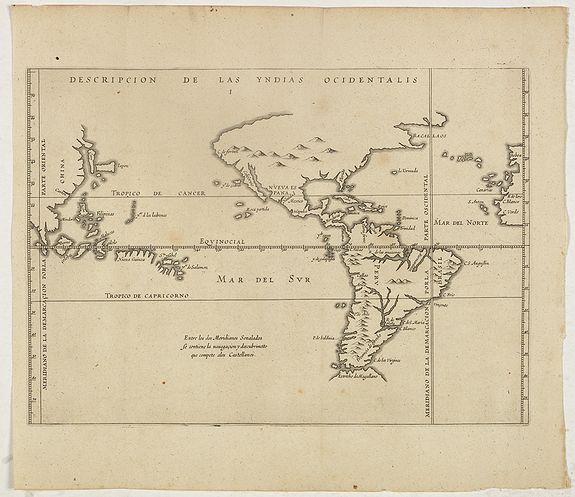Antonio herrera y Tordesillas

He was the Chief Chronicler of Castile and the Americas during the reigns of Philip II and Philip III.
Cristóbal Pérez Pastor called him the "prince of the historians of the Americas". He is considered the most prolific historian of his era. His works also include a general history of the world, a history of Portugal, and a description of the Americas. His output also features translations of works from Italian and Latin into Spanish and a translation of his own Descripción de las Indias Occidentales ("Description of the West Indies") into Dutch.
Modern historians do not give Herrera much value. A standard Spanish reference work describes him as "an official historian, who was not impartial... [He was] an opportunist, a schemer, and greedy...
He plagiarized entire works which were unpublished at the time... He had no interest in Native American civilization and never dealt with it.
The books
consisted of first (Herrera's "Indiae Occidentalis.") and
second (Jacob Le Maire's "Historia Navigationis Australis") parts of
the book are concerned with the New World,` The second volume
details the Pacific island groups and New Guinea in search of
Terra Australis between 1615 and 1617.
Le Maire's was the last of the 17th-century expeditions to search for the unknown continent from the east. In addition to showing that New Guinea was indeed an island and not the westernmost edge of the imaginary continent, his discovery of and voyage around Cape Horn relieved the trading monopoly of the East India Company by finding an alternative route to the East Indies that did not violate the Company Charter, which prevented other Dutch trading companies from using the existing routes of the Straits of Magellan and Cape Hope.